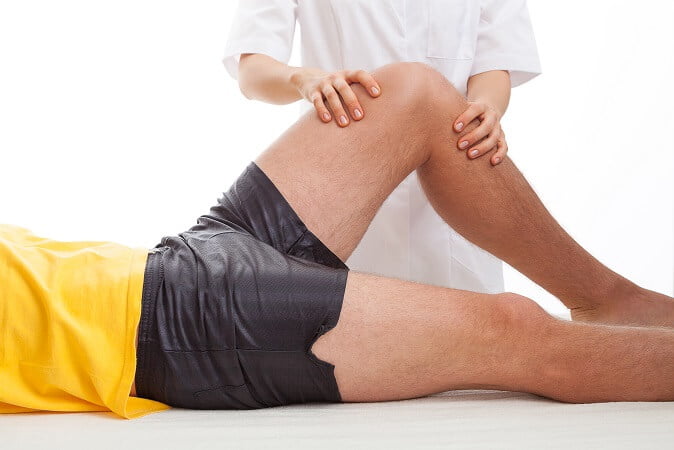Sport Massage
Sports Massage is a type of massage that prepares tissues for sports effort and prevention and recovery of injuries both in training and competition. For this reason, massage is perhaps, within physiotherapeutic techniques, the most appreciated by the athlete.

Sport Massage
There really is no special sports massage, as there is not, for example, a geriatric massage. You can find the difference in the moment of the sporting activity in which it is applied and in the therapeutic objectives that we pursue.
The general objectives of Sports Massage are, therefore, to prepare the fabrics for sports effort, maintaining them in an optimal state, preventing injuries both in training and in competition and recovery of injuries that arise and the physical form of the athlete.
Classification of Sports Massage.
There are several types of Sports Massage according to the objectives pursued. Massage in sports can be classified into:
Preparatory / pre-competition massage:
Preferentially applied (although it varies according to the authors) between 6 and 24 hours prior to the competition, training or activity, to optimize the elastic and contractile capacities of the tissues. It is an invigorating massage.
Goals:
Increase in blood circulation and therefore energy enrichment increase of the internal temperature of the muscle and the viscoelastic properties of the muscular and conjunctive tissue, which forms fascias, aponeurosis, tendons. Guaranteeing an adequate contractile response and tension. elimination of localized adhesions and myalgias.
Recovery massage:
It’s usually applied between 30 minutes and 6 hours after the end of the activity. Previously the athlete must perform an active cooling that includes slowing down, stretching, hydration and respiratory and cardiac normalization.
Goals:
- Drainage of metabolic waste.
- Reduction of muscular hypertonia and possible spasms.
- Increase in blood supply.
In this phase manual lymphatic drainage is very indicated and it is necessary to avoid very intense massage techniques that can exacerbate an inflammatory pain, increasing the recovery time. You can apply rubbing techniques, rhythmic compressions, segmental vibrations. It also involves a kind of psychological “reward” to the athlete for the effort made.
Maintenance massage:
It must be periodic. It is used as a diagnostic and treatment means, forming part of the athlete’s preparation program.
Goals:
- Eliminate muscular fatigue pictures
- Maintain the natural elasticity of the muscular, tendinous, facial, Ligamentous tissue.
- Detection and elimination of areas of myalgia
Slower and wider maneuvers will be carried out, such as superficial and deep landslides, kneading, friction, and also any other manual therapy technique that helps to achieve the previous objectives based on the findings obtained during the palpation and the rest of the assessment, such as: treatment of trigger points, myofascial induction, connective tissue massage, etc… Both the objectives and obviously the massage will vary depending on the sport that is practiced, depending on flexibility, strength, depth or speed, since the physiological and biochemical processes that occur in the body will be different It will be necessary to modulate the rhythm, speed, and depth of the massage depending on what we want to achieve.
